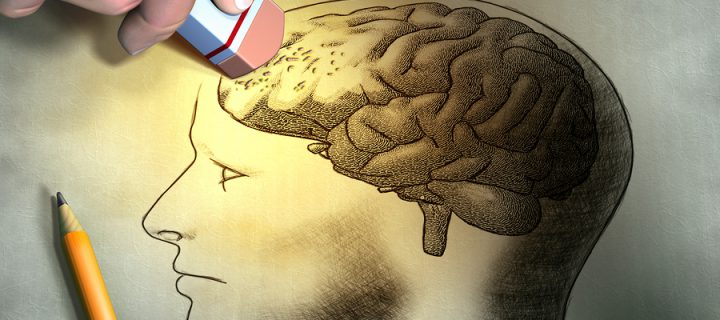Have you ever heard of Pick’s Disease? It’s a rare disease that causes a decline in memory and cognitive skills – and here’s what you need to know about it.
As you get older, your risk for dementia increases exponentially. What many people do not realize is that dementia is not a disease but a range of symptoms associated with a decline in memory and cognitive skills. Alzheimer’s accounts for up to 80% of dementia cases but there are many other forms including a rare disease known as Pick’s Disease.
What Exactly is Pick’s Disease?
Pick’s disease is a rare condition that can cause both progressive and irreversible dementia. It actually belongs to a category of dementias known as frontotemporal dementia, or FTD. This condition specifically affects the frontal and temporal lobes of the brain – hence the name frontotemporal dementia. The frontal lobe of the brain is responsible for controlling behavior, emotions, and inhibition as well as the ability to plan, make judgments, and multitask. The temporal lobe controls language as well as your emotional responses and some aspects of behavior.
Related: Early Signs of Dementia Checklist
What Are the Causes and Symptoms?
Various forms of FTD like Pick’s Disease are caused by abnormalities in the amount or type of nerve cell proteins known as tau. Tau can be found in all of the nerve cells in your body and, if you have Pick’s Disease, they tend to accumulate in round clumps known as Pick cells or Pick bodies. When Pick bodies form in the frontal or temporal lobes in the brain, it can lead to cell death which causes the brain tissue to progressively shrink – this is what causes symptoms of dementia.
Related: What is the Geriatric Depression Scale?
Unfortunately, scientists still do not fully understand what causes Pick bodies to form, though research has revealed a genetic link to Pick’s disease and other forms of FTD. Symptoms of Pick’s Disease are similar to other forms of dementia and they tend to worsen progressively over time. Common symptoms include changes in mood or behavior, withdrawal from social interaction, depression, decline in social skills, poor personal hygiene, and changes in personality. Patients with Pick’s Disease may also experience a decline in reading or writing skills, memory, and speech.
How is Pick’s Disease Treated?
Pick’s Disease causes symptoms very similar to Alzheimer’s, though these symptoms tend to appear at a much earlier age – cases have been seen in people as young as 20. There is no single diagnostic test for this condition, though various imaging tests may help to identify changes in the brain which might indicate dementia. There are no treatments currently available to slow the progression of Pick’s Disease, so treatment is typically aimed at reducing symptoms. For example, many patients with this condition are prescribed antidepressants or antipsychotics to help with emotional and behavioral symptoms. Your doctor may also want to check for other underlying health problems which could exacerbate your symptoms.
Because there is no effective treatment for Pick’s Disease, outlook for this condition is fairly poor. Symptoms typically progress over the course of 8 to 10 years and the average span of time between diagnosis and death is about 5 years. In the end stages of the disease, most patients require 24-hour care and death is usually related to complications.
Photo credit: Thufir/Bigstock











